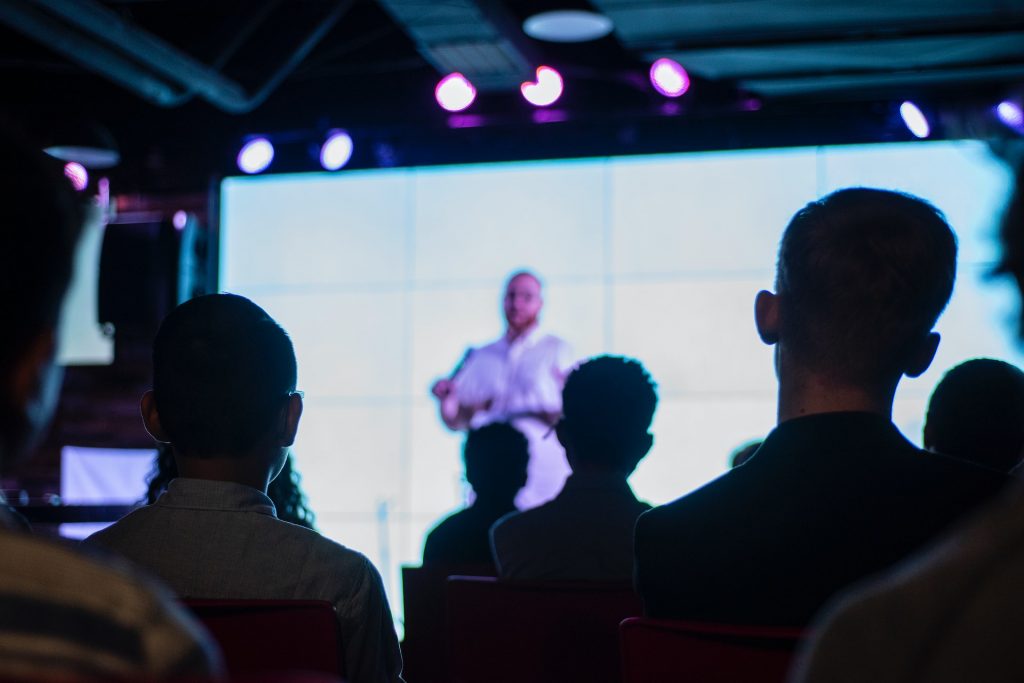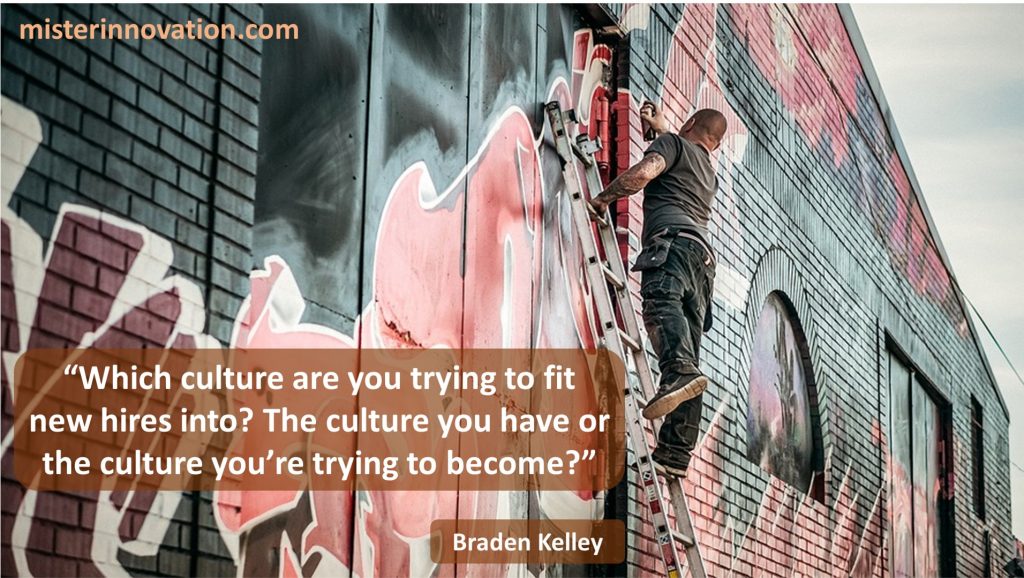
GUEST POST from Chateau G Pato
In today’s fast-evolving business landscape, innovation has become the lifeblood of success. In order to stay ahead of the competition, companies must continuously find new ways to captivate consumers and create lasting impact. One powerful strategy that businesses can employ is leveraging consumer psychology, specifically the scarcity principle. By understanding and harnessing this principle, companies can drive innovation and maintain a competitive edge. This article will explore the scarcity principle and its application in two compelling case studies, highlighting how it can be effectively utilized to spur innovation.
The Scarcity Principle:
The scarcity principle, rooted in human psychology, states that people perceive scarce resources as being more valuable and desirable. When a product or service is scarce or perceived as limited, it creates a sense of urgency and triggers a fear of missing out (FOMO). This psychological phenomenon drives consumers to take immediate action, leading to increased demand and a willingness to pay a premium.
Case Study 1: Apple and Limited Edition Products
Apple Inc. has mastered the art of harnessing the scarcity principle to drive innovation and maintain a fiercely dedicated consumer base. Their approach revolves around the strategic release of limited edition products. For instance, they frequently launch new iPhone models with specific color variations, available in limited quantities. This scarcity tactic generates enormous buzz and compels consumers to line up outside Apple stores, eager to get their hands on the exclusive product. By leveraging the scarcity principle, Apple continues to innovate and maintain remarkable consumer loyalty.
Case Study 2: Supreme and Streetwear Hype
Supreme, the iconic streetwear brand, has garnered a cult-like following by skillfully exploiting the scarcity principle. Their business model revolves around producing limited quantities of products and maintaining an aura of exclusivity. Supreme creates an air of frenzy through limited drops of apparel items and accessories, coupled with secretive release information. This meticulously crafted approach creates scarcity, leading to long queues outside their stores and an immediate sell-out of their products. The brand’s masterful utilization of the scarcity principle fuels innovation in every collection release.
Harnessing the Scarcity Principle for Innovation:
The scarcity principle can be harnessed beyond the release of limited edition products. Companies can tap into this psychological phenomenon to drive innovation across various aspects of their business.
1. Limited Time Offers: Implementing time-limited promotions or discounts can be an effective strategy to create a sense of urgency and drive sales. Businesses can offer exclusive deals to a limited number of customers or for a specific timeframe, leveraging scarcity to spur innovation in marketing tactics.
2. Membership Programs: Implementing a membership-based model with exclusive benefits can tap into consumers’ desire for exclusivity. By offering limited spots or restricted access to events, content, or perks, companies can foster innovation by continuously enhancing the membership experience.
Conclusion
Innovation is critical for businesses to thrive in the competitive marketplace. By understanding and harnessing the scarcity principle, companies can drive innovation through consumer psychology. The strategic application of scarcity can create a sense of urgency, trigger FOMO, and lead to increased demand and loyalty. Through case studies on Apple and Supreme, we observed how brands effectively employed the scarcity principle to maintain their competitive edge and inspire innovation. By implementing limited-time offers and membership programs, businesses can successfully leverage scarcity, fostering innovation across various facets of their operations. Embracing the scarcity principle allows companies to tap into the power of consumer psychology and take their innovation game to new heights.
SPECIAL BONUS: The very best change planners use a visual, collaborative approach to create their deliverables. A methodology and tools like those in Change Planning Toolkit™ can empower anyone to become great change planners themselves.
Image credit: Pexels
![]() Sign up here to get Human-Centered Change & Innovation Weekly delivered to your inbox every week.
Sign up here to get Human-Centered Change & Innovation Weekly delivered to your inbox every week.








